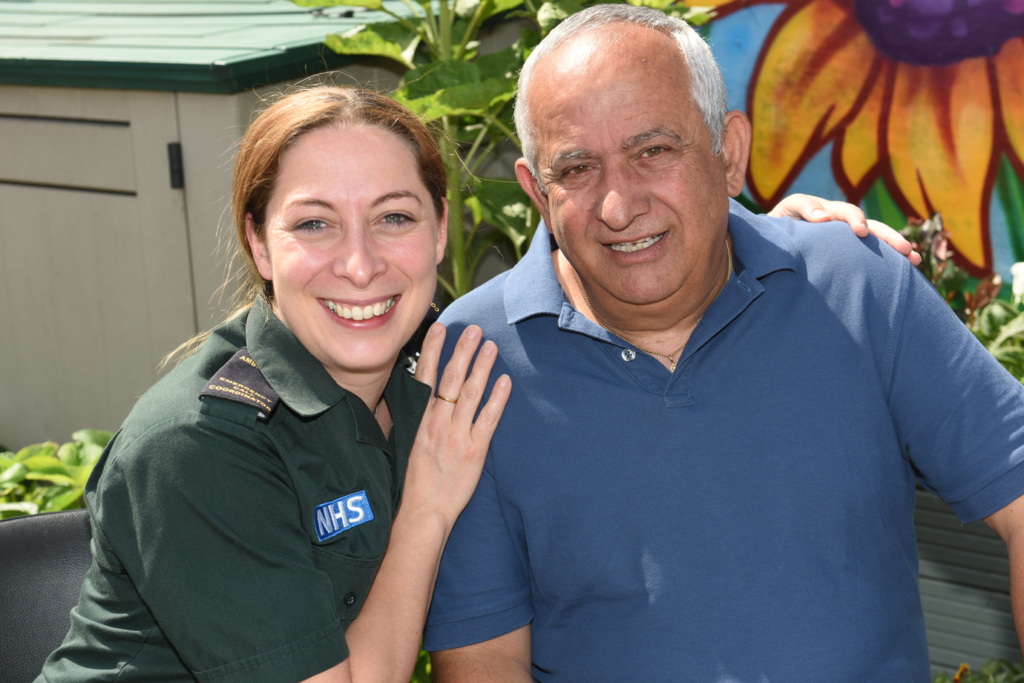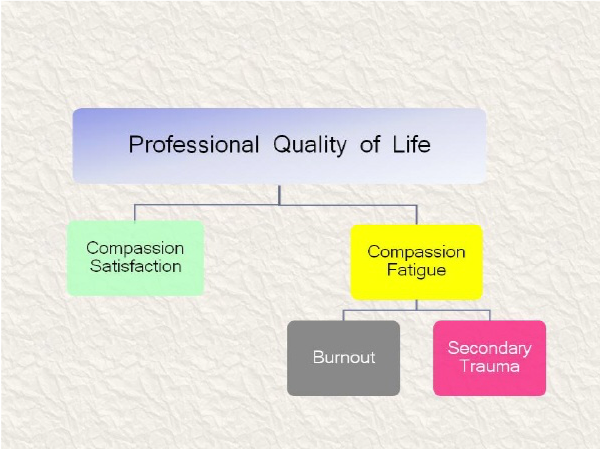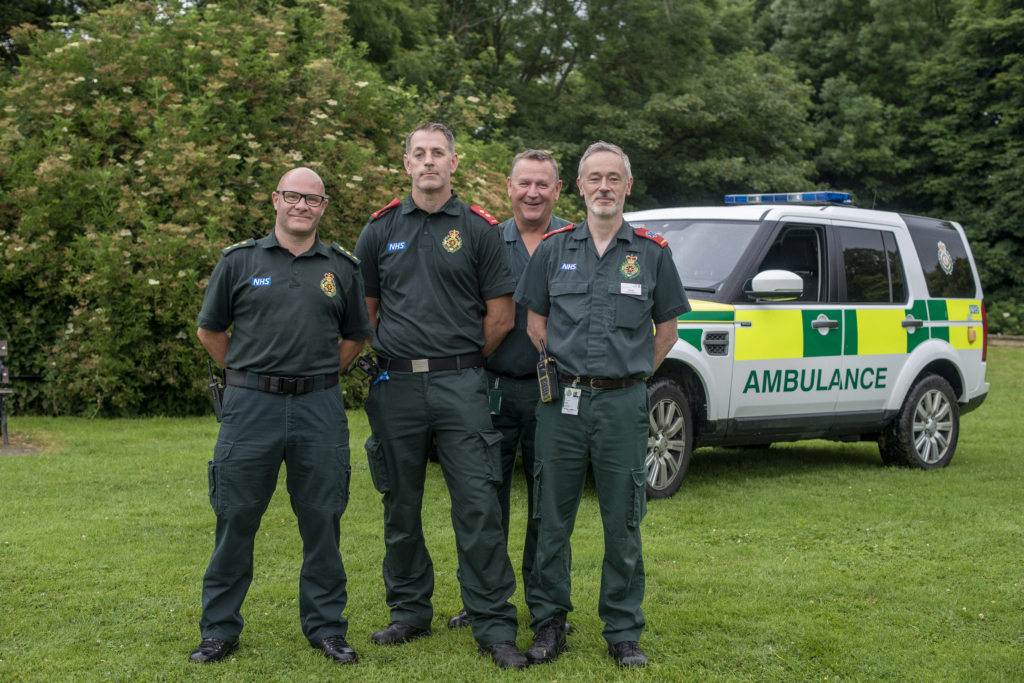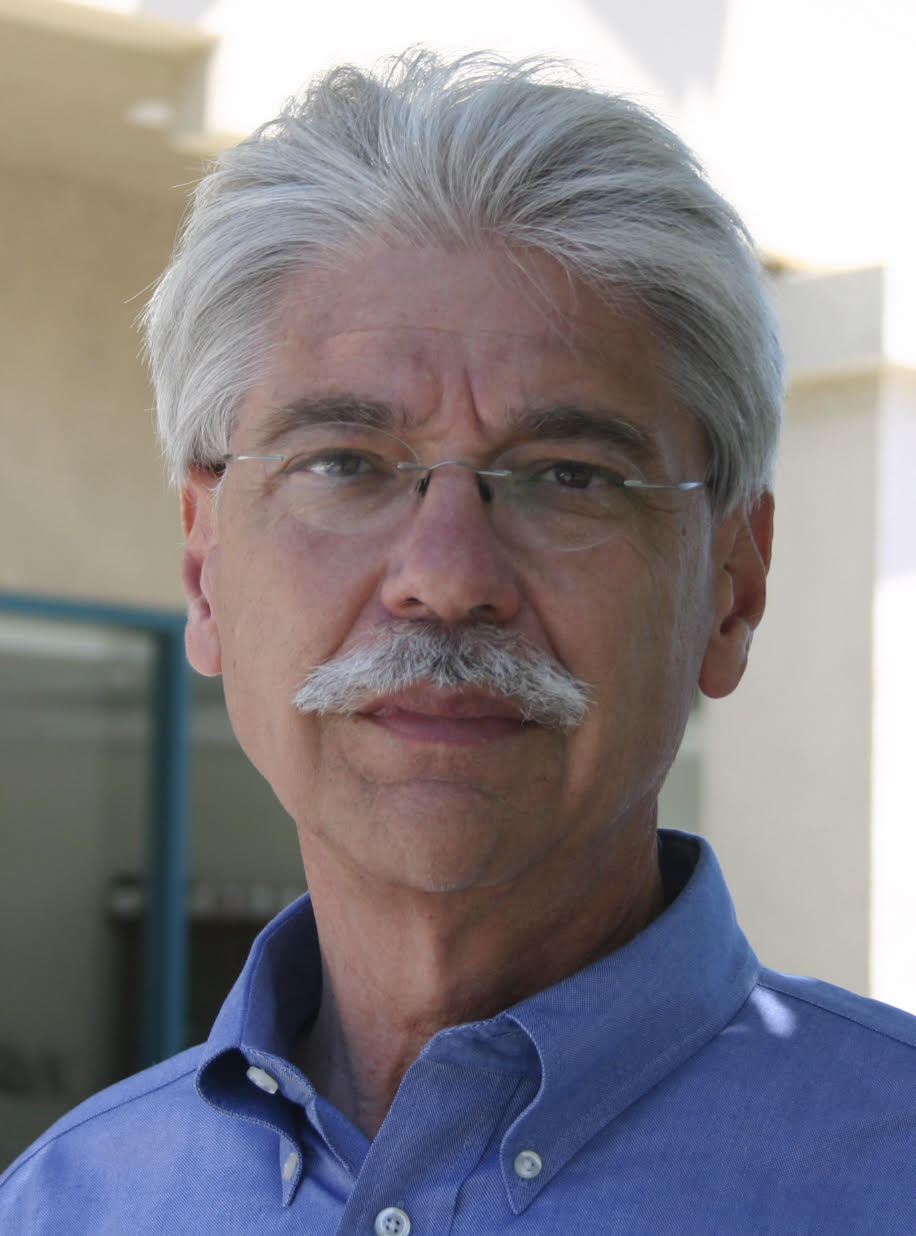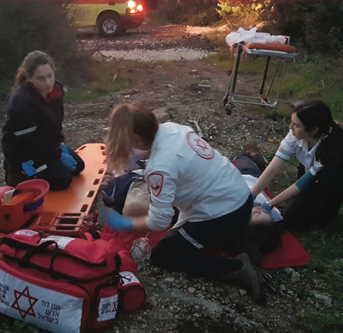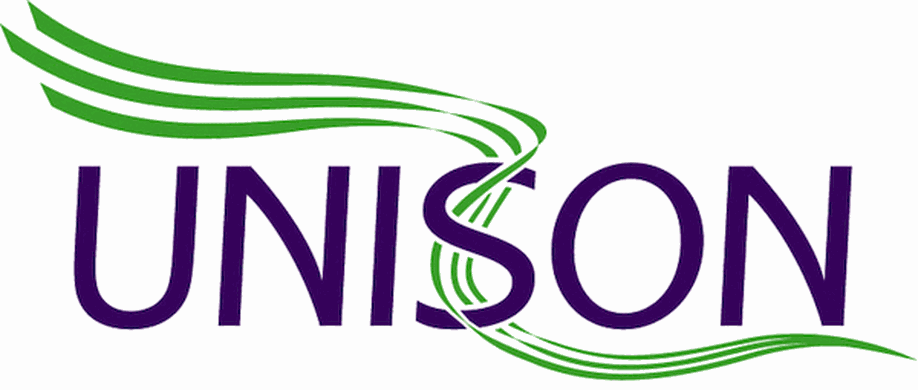Reducing accidents in the emergency response sector
Date: 22 May 2019
The incidence of collisions in the emergency sector remains high around the world. Emily Hardy, from vehicle safety experts Brigade Electronics, runs through the technology that can help prevent accidents and save lives.

Collisions involving emergency vehicles are a frequent occurrence across the world. Ambulances, fire appliances and police cars are involved in hundreds of accidents on the road as they respond to emergency situations.
Figures obtained under the Freedom of Information Act show that in the south east, ambulances were involved in 665 accidents in the year to March 2018, equating to 1.8 collisions per day.
In Wales, emergency service vehicles were involved in more than 3,500 crashes in the five years to March 2016. North Wales Police recorded the most incidents – 331 collisions in 2015-16, but the majority of these involved minor damage. The Welsh Ambulance Service recorded 735 incidents.
Technology can help
Emergency response vehicle drivers face a unique set of challenges. Travelling at high speeds while weaving through traffic, manoeuvring in tight spaces and operating in dangerous, noisy environments are everyday hazards for emergency responders to negotiate. They also encounter adverse weather conditions and night-time call-outs in often high-risk situations.
Incidents can be costly and distressing for all involved, yet many could be avoided if organisations invested in the use of readily-available vehicle safety systems. Much of this technology can be retro-fitted to vehicles, giving emergency service operators instant results.
Safety camera systems
Retro-fitting vehicles with commercial vehicle safety systems, such as Brigade Electronics’ best-selling Backeye®360, allows drivers to keep a close eye on all possible blind spots of their vehicle so they can instantly see other vehicles, cyclists or pedestrians.
This intelligent four-camera technology is designed to eliminate vehicle blind spots and assist manoeuvrability in challenging situations by providing the driver with a complete 360 degree view of their vehicle in a single image. The system combines images from four ultra-wide-angle cameras, providing a real-time view on the driver’s monitor. The result is a ‘bird’s-eye-view’ of the vehicle and surrounding area.
Ultrasonic Obstacle Detection
Ultrasonic obstacle detection technology can detect stationary and moving objects and are perfect for road-going commercial vehicles, such as ambulances and fire engines. The ultrasonic proximity sensors minimise both vehicle damage and collisions with pedestrians, cyclists, and objects. The detection system alerts the driver with an audible and visible in-cab warning when objects are within a certain distance.
Mobile recording
When camera systems are linked to a mobile digital recording set-up (MDR), the recorded footage can provide irrefutable evidence in the event of a collision, or any kind of incident, such as vandalism or theft from a vehicle.
One major benefit of MDR is its ability to support drivers who can often be the subject of increased scrutiny after an incident. The latest MDR systems, such as Brigade’s, also have 3G and 4G connectivity, meaning that data can be live-streamed remotely with real time GPS tracking.
Smart Reversing Alarms
Warning alarms are audible devices to alert pedestrians and workers when a vehicle is manoeuvring. Unlike traditional ‘beep beep’ tonal alarms, which can be almost impossible to pinpoint, the latest technology creates a ‘ssh-ssh’ sound and uses smart technology to adjust sound levels in line with the ambient noise in the immediate vicinity. Utilising a wide range of frequencies, smart reversing alarms also enable the listener to instantly locate what direction the sound is coming from. In adverse conditions, for example if rain is pounding down, the warning decibel level will be increased.
Quality content
- Casinos Not On Gamstop
- Casinos Not On Gamstop
- Casino Sites Not On Gamstop
- Non Gamstop Casino
- UK Online Casinos Not On Gamstop
- Casino Sites Not On Gamstop UK
- Casino Sites Not On Gamstop
- Games Not On Gamstop
- Sites Not On Gamstop
- UK Online Casinos Not On Gamstop
- Casino Not On Gamstop
- Slots Not On Gamstop
- Casino Not On Gamstop
- Gambling Not On Gamstop
- Casinos Not On Gamstop
- Non Gamstop Casino
- UK Online Casinos Not On Gamstop
- Casino Sites Not On Gamstop
- Best Betting Sites
- Best UK Online Casinos
- New Horse Racing Betting Sites

